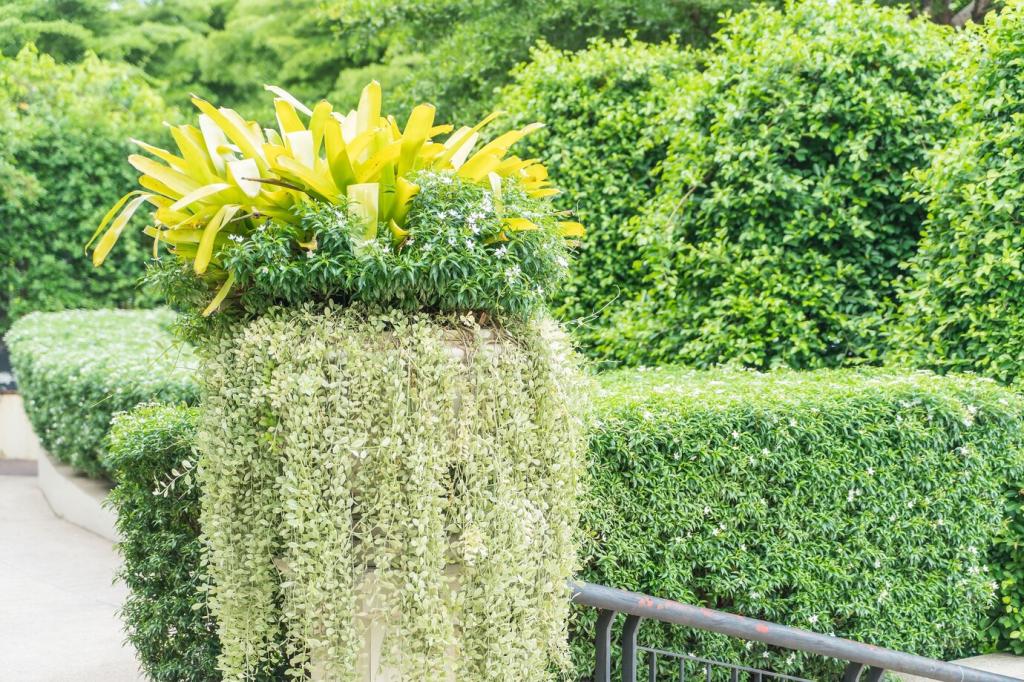Physical Barriers and Clever Traps
Lightweight fabric excludes cabbage moths while letting air, rain, and light in. Secure edges tightly to stop sneaky entry. Remove covers when plants outgrow them or need pollination. Post your anchoring method—sandbags, boards, or soil trenches—and how it stood up to spring gusts.
Physical Barriers and Clever Traps
Copper tape around raised beds deters slugs with a mild electrostatic sensation. Combine with nighttime hand-picking for best results. Avoid gaps, and keep debris from bridging the tape. Tell us whether copper or rough diatomaceous barriers worked better in your climate, and share your rainfall challenges.





